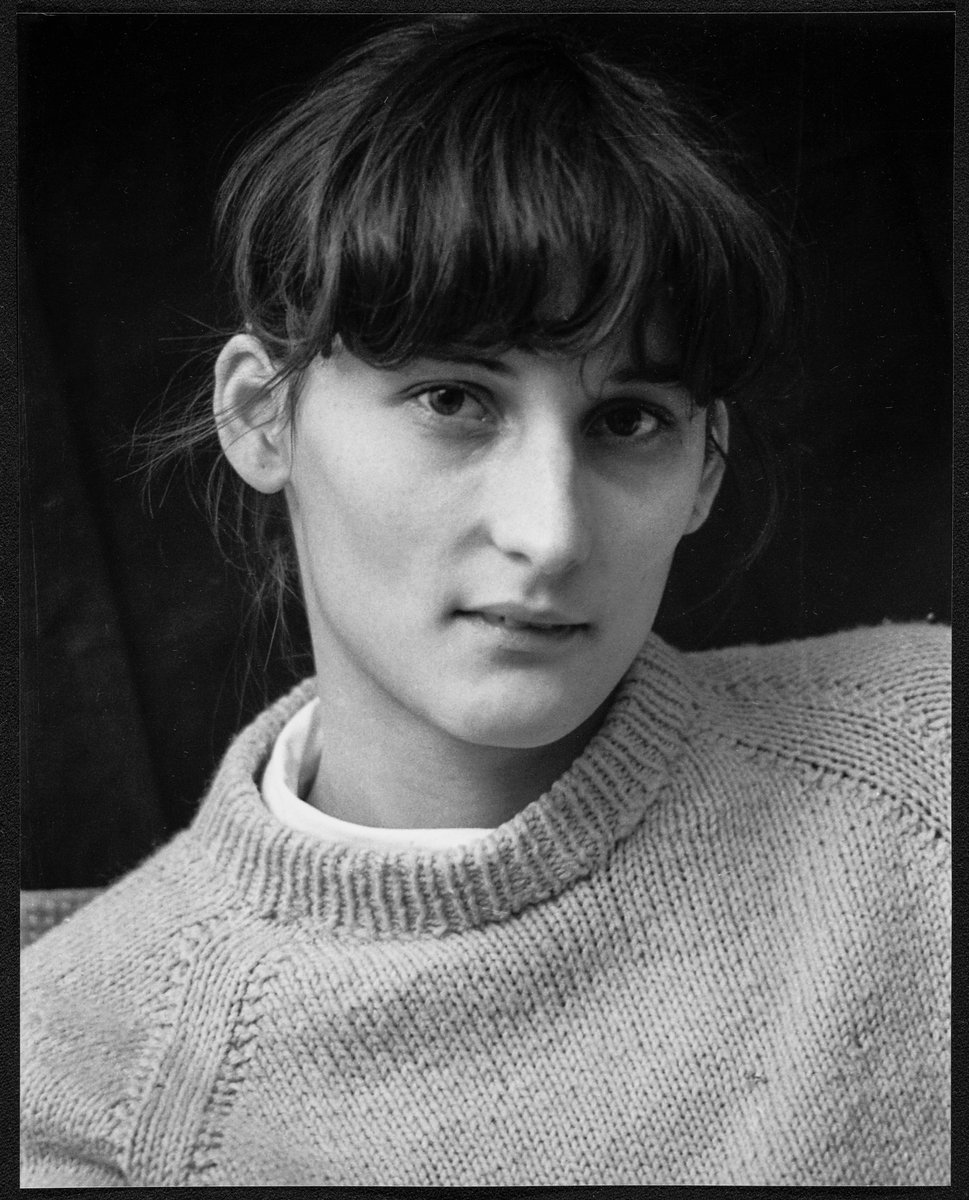
Erzsébet Ambrus II.
Department of Art after 1800
| Artist | |
|---|---|
| Culture | French |
| Date | 1877 |
| Object type | painting |
| Medium, technique | oil on canvas |
| Dimensions | 65.5 x 81 cm |
| Inventory number | 371.B |
| Collection | Department of Art after 1800 |
| On view | This artwork is not on display |
When the picture was painted in the mid-1870s Cézanne was friends with the most important Impressionist painters: Pissarro, Monet and Renoir. At this time, the palette of his earlier so-called Baroque-style paintings gave way to lighter colours, but rather than the Impressionists’ method of painting he was preoccupied with capturing what is lasting and permanent. He regularly studied works in museums, plaster cast collections, and reproductions in art journals. Just as the poetry of Charles Baudelaire can be viewed as the culmination of previous movements, so can Cézanne’s still-lifes from the 1870s, for which he studied the compositions of Chardin and seventeenth-century Spanish still-life painters. Cézanne used what he learnt from still-lifes in his portraits and landscapes too.
The still-lifes make up a considerable part of his oeuvre, and several of them were expressions of the artist’s momentary state of mind. The Budapest still-life expresses symmetry in asymmetry. The top and the shelf of the buffet are linked by a full bottle of wine, as a solid point between the fragile white porcelain cups, the wine-glass, the rumpled white tea-cloth and the mound of feather-light ladyfingers.
Illyés, Mária, Verő, Mária (ed.), XIX. századi francia művek, A Szépművészeti Múzeum gyűjteményei/The Collections of the Museum of Fine Arts, Budapest 4, Szépművészeti Múzeum, Budapest, 2001, p. 96-97.
Múzeumi Kalauz: Magyar Nemzeti Galéria, A Magyar Nemzeti Galéria kiadványai, Szépművészeti Múzeum – Magyar Nemzeti Galéria, Budapest, 2018, p. 238.
Remekművek: Magyar Nemzeti Galéria, A Magyar Nemzeti Galéria kiadványai 2020/5, Szépművészeti Múzeum – Magyar Nemzeti Galéria, Budapest, 2020, p. 37.
Bätschmann, Oskar – Causey, Faya – van Faassen, Sjoerd – Forgács, Éva – Janssen, Hans – Lebensztejn, Jean-Claude – Tompkins Lewis, Mary – Ozerkov, Dmitrij – Ruppen, Fabienne – Shiff, Richard – Smith, Paul – Bodor, Kata – Fehér, Dávid – Gergely, Mariann – Geskó, Judit – Gonda, Zsuzsa – Kovács, Anna Zsófia – Orosz, Márton – Somodi, Anett – Szeredi, Merse Pál – Tóth, Ferenc – Warman, Jayne, Geskó, Judit (ed.), Cezanne-tól Malevicsig: Árkádiától az absztrakcióig, Szépművészeti Múzeum, Budapest, 2021, p. 392-393., no. 97.
This record is subject to revision due to ongoing research.